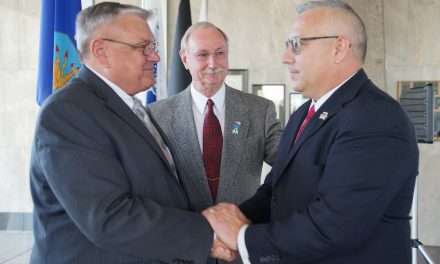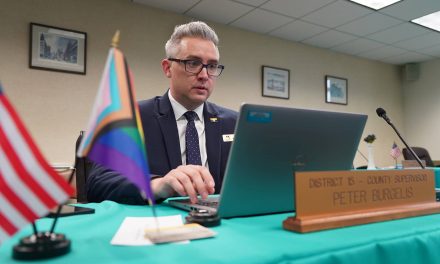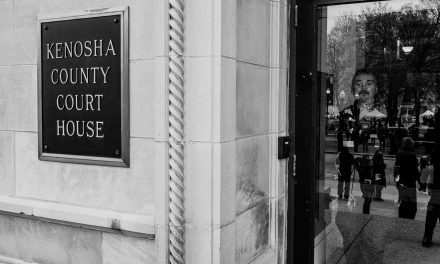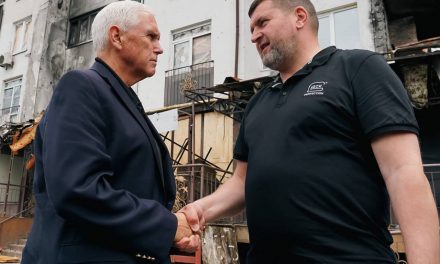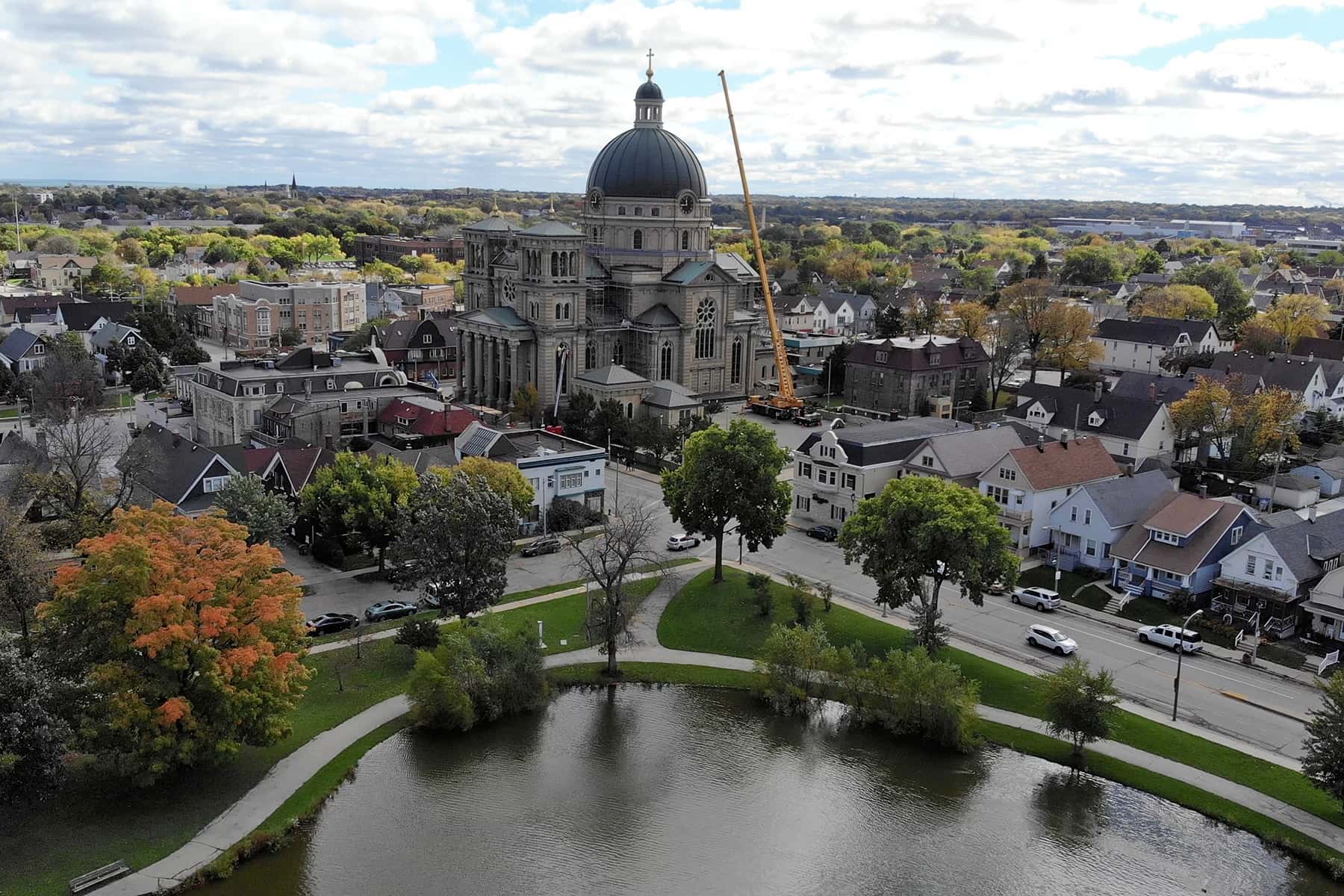
During the late 1999 a group of cultural anthropologists in Milwaukee began meeting to discuss ways that they could make contributions to the city, using skills acquired through the study and practice of anthropology. That group, now known as Urban Anthropology (UrbAn), celebrates its 20th anniversary this year.
The volunteer anthropologists from this organization have conducted interviews over the years with just under 1,800 Greater Milwaukee residents. The interviews have resulted in studies of 60 local ethnic groups and 102 neighborhood oral histories. With the help of over 100 anthropology interns, this ongoing “road trip” has placed UrbAn representatives in the homes of grassroots families with intimate knowledge of those individuals and organizations that were working on their behalf. From these interviews, UrbAn has made a list of neighborhood and ethnic heroes.
NEIGHBORHOOD HEROES
Residents spoke most highly about individuals who kept youth safe and neighborhoods green, irrespective of whether a paycheck was involved.
The Porter family. UrbAn anthropologists ran into every kind of youth program during its road trip. But not a one was run with the commitment of the Porters. Since 1960, generations of the Ojibwa Porter family have served children and families in the Lincoln Village neighborhood. Operating out of Kosciuszko Park in a pavilion named after Ace founder Del Porter, the Ace Boxing Club has taken kids off the streets and turned them into community-contributing young men and women.
Now run by Frank Porter and Mark Porter Groll, the club not only turns out boxing champions but teaches young people the value of community service, honoring elders, teamsmanship, and cultural sensitivity at the same time. None of the Porters have ever received a salary for their years of daily work.
“I teach the value of having a good attitude towards teammates and their community,” said Frank Porter. “We also teach the importance of unity among cultures, respecting diversity among peers and surroundings. Our student athletes are taught by example, through observation, memorization, and hands on training. Which is common practice through our Native teachings.”
Dennis Lukaszewski, Jan Alba, and Rudy Kluz of the UW Extension. The need to green-up neighborhoods was a frequent topic among residents interviewed by UrbAn anthropologists. Going miles beyond their job descriptions at UWEx’s Urban Agricultural Program, Lukaszewski, Alba, and Kluz currently serve 540 gardening families growing food and flowers on over 100 acres of land and trains nearly 100 people a year in its Beekeeper Certification Program.
These efforts bring communities together, build green careers, allow people to grow food and occupy acreage that consolidates ethnic aims, increase the disposable income of families, and encourage healthy eating. These three also work with partners such as the Gerald Ignace Health Center, Milwaukee Homeless Vet Services, Office for Persons with Disabilities, Medical College of Wisconsin, and Wisconsin House of Corrections inmates to promote gardening as healing therapy.
An example of going beyond their job description began in 2006 when their office received a grant to beautify a local neighborhood. Working with the Lincoln Village Business Association, they added over 60 filled planters along the Lincoln Avenue business district. The grant ran out the following season, but Lukaszewski, Alba, and Kluz continued to fill the planters year after year to the present day, even adding 40 new filled planters in 2014.
Chris Jaszewski. When discussing greening-up neighborhoods, another name came to the fore—Chris Jaszewski. Chris has served the needy his entire life, denying himself everyday conveniences such as the computer, telephone, and automobile. A longtime volunteer with Casa Maria Catholic Worker house and other sites that serve Milwaukee’s most vulnerable groups, Chris decided to take his efforts one step further in 2010. As an advocate for bicycling as a major means of transportation and someone with modest mechanical skills, Chris noted that most bicycles were built for recreation rather than transportation. As a result, many broke down, and those with low incomes often could not afford to get them repaired.
In May of 2010, Chris founded the Southside Bicycle Co-op that operates out of a St. Vincent de Paul meal program. He and other volunteers fix an average of fifteen bicycles every week. Relying on donated parts, they repair cables, brakes, gear levers and switches, but also fix scooters and walkers—always free of charge. When he is not making repairs or making deliveries for Casa Maria, Chris is advocating for bicycling, walkable neighborhoods, and a green economy.
Alderman Terry Witkowski. One question on the anthropologists’ neighborhood interview guide concerned leaders. Rarely had responses to this question resulted in a consensus in any area of the city. The exception was in the neighborhoods that make up today’s Garden District on Milwaukee’s far South Side. In 2008, the Common Council approved a resolution to name all the neighborhoods in the 13th Aldermanic District the Garden District of the City of Milwaukee, capitalizing on a long tradition of gardening among residents and businesses.
The idea for the Garden District grew from discussions between the alderman and residents about the interest in and tradition of gardening and landscaping within the district. Residents discussed how Alderman Witkowski went door-to-door beginning in 2006, asking them what they wanted of their neighborhoods.
Urban Anthropology Inc. created a many programs from the resident interviews. Over the past two decades, these have included neighborhood tours, seven neighborhood documentaries, two books on Milwaukee neighborhoods, the Old South Side Settlement Museum, and the website on 191 Milwaukee neighborhoods, which provides information on each neighborhood’s history, local events, residents, demographics, interesting features, interview quotes, and current and vintage photos.
ETHNIC HEROES
Ethnic representatives spoke most highly of individuals who advanced ethnic and racial education, again irrespective of whether a paycheck was involved.
Brad Pruitt, Dr. Fran Kaplan, Reggie Jackson. A champion in advancing racial and ethnic interests was Dr. James Cameron. Cameron, a lynching survivor and civil rights pioneer, founded America’s Black Holocaust Museum (ABHM) in 1988. During its years of operation, the museum became a destination site for people worldwide with a thirst for knowledge of African American history from slavery to the present. Cameron died in 2006. With the downturn in the economy during the recent recession, the museum was forced to close.
But three volunteers — Brad Pruitt, Fran Kaplan, and Reggie Jackson – refused to let Cameron’s vision die. Beginning in 2012, America’s Black Holocaust Museum was transformed into the ABHM Virtual Museum exploring a myriad of topics on black history. Today that site receives over 5.5 million hits annually from individuals in over 200 nations. During the same year, Pruitt, Kaplan, and Jackson spearheaded the development of the nonprofit organization, Dr. James Cameron Legacy Foundation Inc. to carry on Cameron’s mission and vision.
The three volunteers and other volunteer activists have worked together for years to re-establish the physical ABHM, now operated by the Legacy Foundation. Reggie Jackson serves as ABHM’s Head Griot and is a multi-award winning columnist for the Milwaukee Independent; Dr. Fran Kaplan acts as the Virtual Museum’s Coordinator; and Brad Pruitt serves as Executive Director and lead fundraiser of the newly establishing museum.
Celeste Contreras. Ethnic representatives interviewed by UrbAn anthropologists were very familiar with the work of Celeste Contreras. Her visual art, years of performing with the visionary Strawberry Moon singers, and founding of Milwaukee’s Dia De Los Muertos parade were all accomplished as a volunteer activist. Contreras has described her work as a reflection of her ancestors, expressing independent female images in portraits and stories of the moon. She emphasizes themes of death, rebirth, and family.
In 2018, Contreras was selected as the second Artist-in- Residence for the City of Milwaukee National Endowment of the Arts “Our Town” grant, to be fulfilled at the Milwaukee Public Library Mitchell Street branch. At the library she works with youth and focuses on advocacy art, the history of Historic Mitchell Street, and stories of strong Latina figures. She is currently developing the narrative and illustrations for two children’s books.
Urban Anthropology Inc. created a series of programs from the ethnic studies. Over the years, these have included the Cultural Connect program in 20 schools to educate youth on Milwaukee ethnic groups, the Kids across Time & Space (KaTS) program of short stories on ethnic groups, eight ethnic documentaries, two books on Milwaukee ethnicity, and a children’s book on Milwaukee culture and diversity.
AND A HERO FROM WITHIN
One of the early anthropology interns conducting interviews in Milwaukee neighborhoods was Sienna Jacks. Years later, working as an international methodologist, Dr. Jacks drew on her Milwaukee experiences and began writing urban mystery novels. She has now begun a series of mysteries that take place historically in Milwaukee neighborhoods. All of the royalties from novels in this Milwaukee Series are being donated by Dr. Jacks to Urban Anthropology Inc. for the creation of Milwaukee neighborhood museums and museum exhibits.
The first book in the Milwaukee Series to be published was, The House Off of Brady. The novel is about the adventures of young anthropologists uncovering long-held secrets in Milwaukee’s past, takes place in the Third Ward and Brady Street neighborhoods. A second novel on old Bronzeville, is scheduled for publication later this year.
Dr. Jill Florence Lackey and Rick Petrie
Lee Matz

